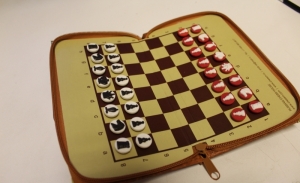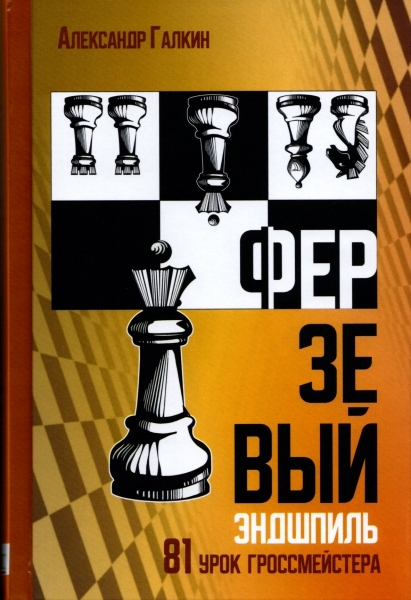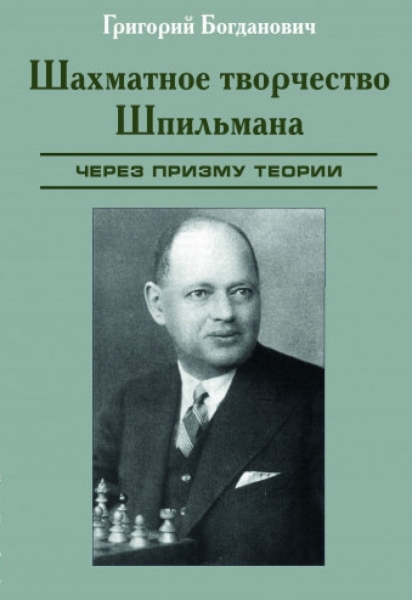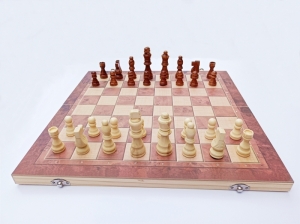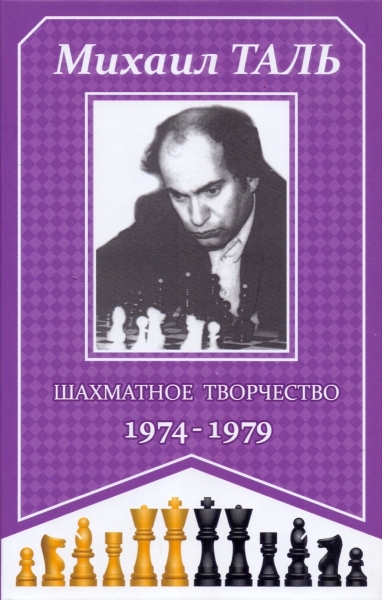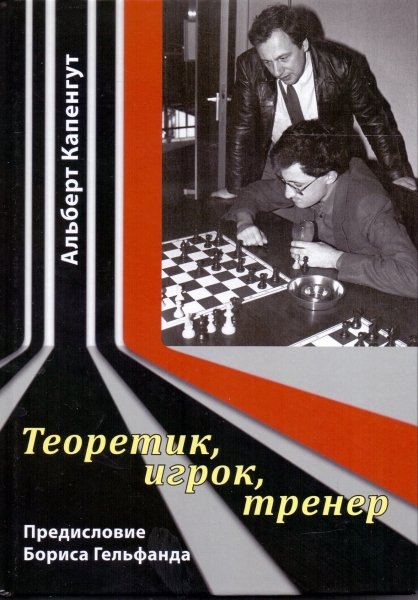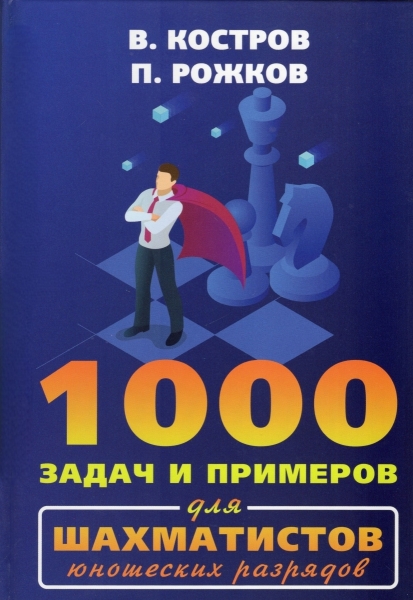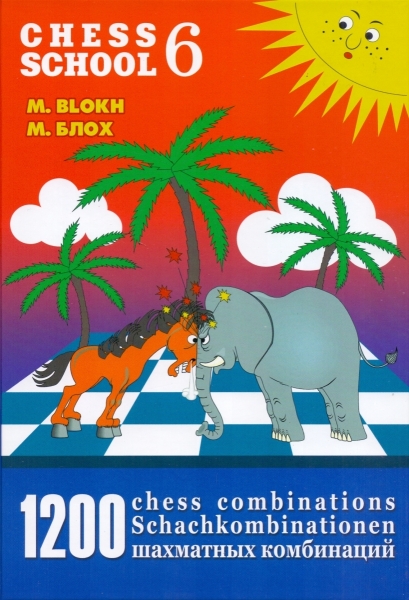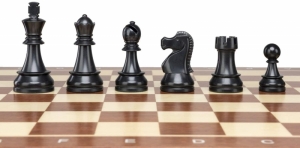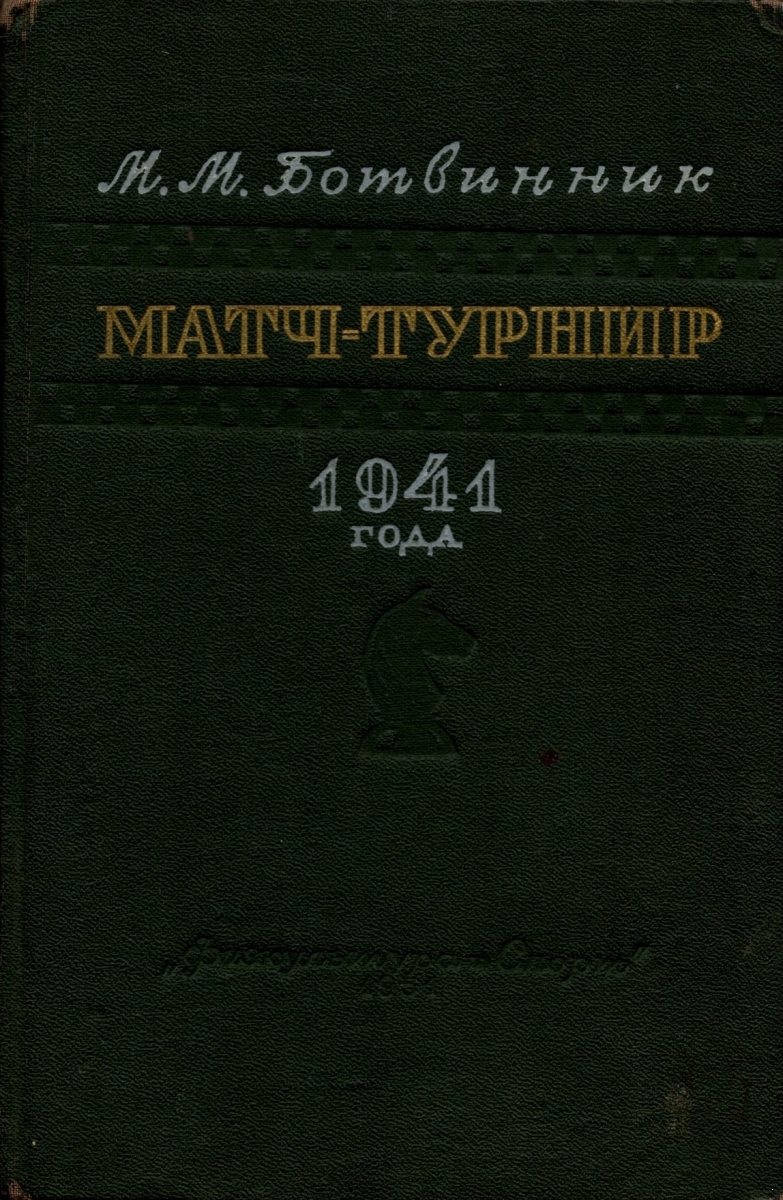Match - tournament 1941 for the title of absolute champion of the USSR in chess (2nd edition, expanded) (There is also an option with a seal and inscriptions for 800R)
- Publisher: Physical education and sport
- Author(s): Botvinnik
- Size: standard
- Binding: solid
- DateOfIssue: 1951
paper book
43.33 $
Description:
The winners of the XII USSR Championship were invited to participate in the 1941 match tournament: I. Bondarevsky, A. Lilienthal, V. Smyslov, P. Keres, I. Boleslavsky and M. Botvinnik. After the participants of the match tournament became known, the tournament program was also determined. Everyone had to play four games with each other — in fact, a small match. Thus, the match tournament consisted of four rounds. Mikhail Moiseevich said that this book is the best thing he has done in the field of chess analysis. Meanwhile, it was created in the most difficult conditions: during the war, during the evacuation. The chess player's family of 6 people lived in the room, and every day, coming home from work, he worked on a table made up of suitcases, believing that in this way he retains his analytical power for future achievements. M.M. often said that real science according to "Parkinson's Law" is done in a barn, and as soon as it appears The doorman in livery at the front door, science ends. Apparently, this also applies to literary and chess work. Another episode related to the book dates back to 1970. A.A.Bykhovsky (at that time the senior coach of the USSR youth national team) led Alexander Belyavsky to Botvinnik. Then M. M. said that Belyavsky was shown to him too late. What do you mean it's late, you asked him again? "17 years is too late, the chess player has already been formed," Mikhail Moiseevich replied. The young man liked it, and Botvinnik gave him this book for careful study. A few months later, she was returned with the words: "I wanted to find at least one error in the analysis, but I didn't find it!"
-
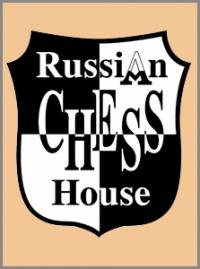 The life of a chess player in the system. Memories of the grandmaster
Author:
The life of a chess player in the system. Memories of the grandmaster
Author:
Averbah 45.00 $ -
 Три матча Ботвинник-Смыслов
Author:
Три матча Ботвинник-Смыслов
Author:
Botvinnik 45.00 $ -
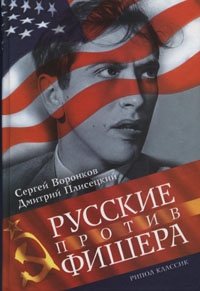 Russians vs Fisher
Author:
Russians vs Fisher
Author:
Voronkov 65.00 $ -
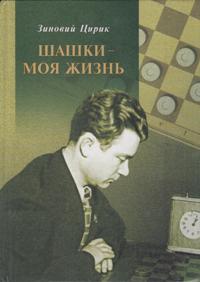 Checkers is my life
Author:
Checkers is my life
Author:
Ciric 87.50 $ -
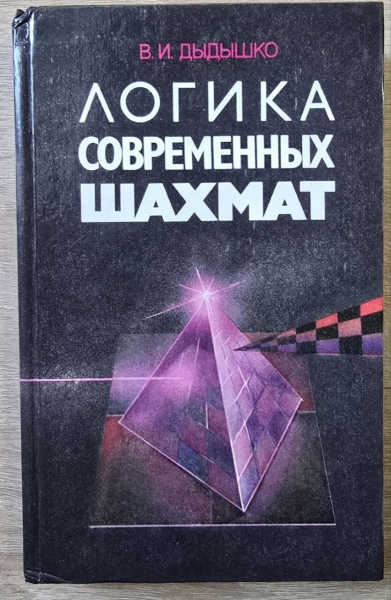 The logic of modern chess
Author:
The logic of modern chess
Author:
Dydyshko 72.50 $ -
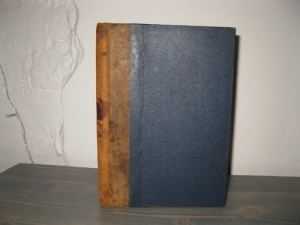 Siegbert Tarrasch. The Queen
Author:
Siegbert Tarrasch. The Queen
Author:
Tarrash 72.50 $ -
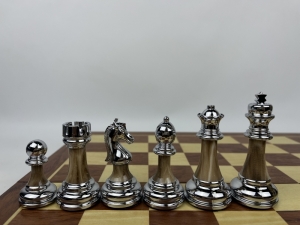 High quality acrylic metal heavy chess pieces with wooden board
202.50 $
High quality acrylic metal heavy chess pieces with wooden board
202.50 $
-
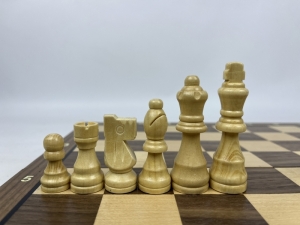 Wooden magnetic Staunton chess with a lock (silver)
56.25 $
Wooden magnetic Staunton chess with a lock (silver)
56.25 $
-
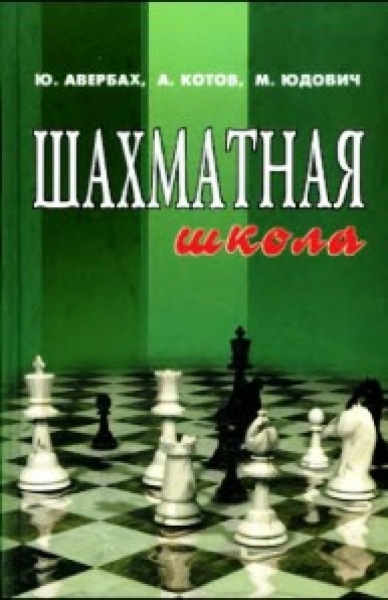 Chess school
Author:
Chess school
Author:
Averbah 15.00 $ -
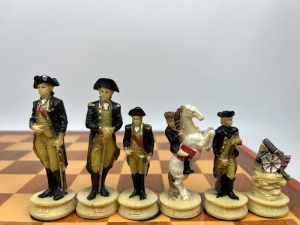 The chess set of The Chessmen. US war - Great Britain
325.00 $
The chess set of The Chessmen. US war - Great Britain
325.00 $
 Русский
Русский  Английский
Английский 